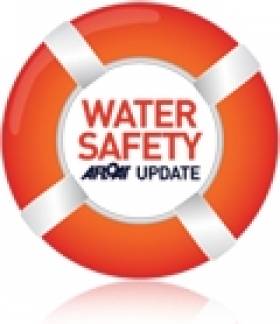About the TP52 Racing Yacht
The TP52 racing yacht is a remarkable example of cutting-edge technology in the world of competitive yachting. Measuring 52 feet (15.85 metres) in length, this vessel is constructed entirely from carbon fibre, making it an incredibly light and agile craft.
The TP52 features a 6.25-metre high rig, complete with a fractional asymmetrical spinnaker and a self-tacking jib. This design reduces the workload of the crew, allowing for more efficient manoeuvres and freeing up the crew to focus on the mainsheet upwind and on two-sail reaches.
The spinnaker rigging set-up, measuring 15.00 m2, presents a challenge to even the most experienced crews, requiring them to be fit and perfectly coordinated. Maneuvering the boat requires athleticism due to the vessel's lack of inherent stability and the high speed generated by the fully battened mainsail and jib.
The TP52's hull is constructed of fibreglass-reinforced polyester in a foam sandwich layout, resulting in a weight of just 74kg. The fully battened mainsail and jib are made from a transparent Mylar laminate with orange or red Dacron trimming, while the spinnaker is manufactured from ripstop Nylon.
The mast is made up of three parts, featuring an aluminium bottom and middle section, with a polyester-fibreglass composite tip to increase mast bend and decrease overall weight. The capsizing moment, which can be generated by a heavy mast tip, is also reduced through this design. The TP52's foils are constructed from either aluminium or fibreglass, depending on the specific requirements of the vessel.
Overall, the TP52 racing yacht is an exceptional example of the latest advancements in yacht design and technology. Its lightweight construction, advanced rigging, and high-speed capabilities make it a top contender in the world of competitive yachting, challenging even the most skilled and experienced crews.
























































